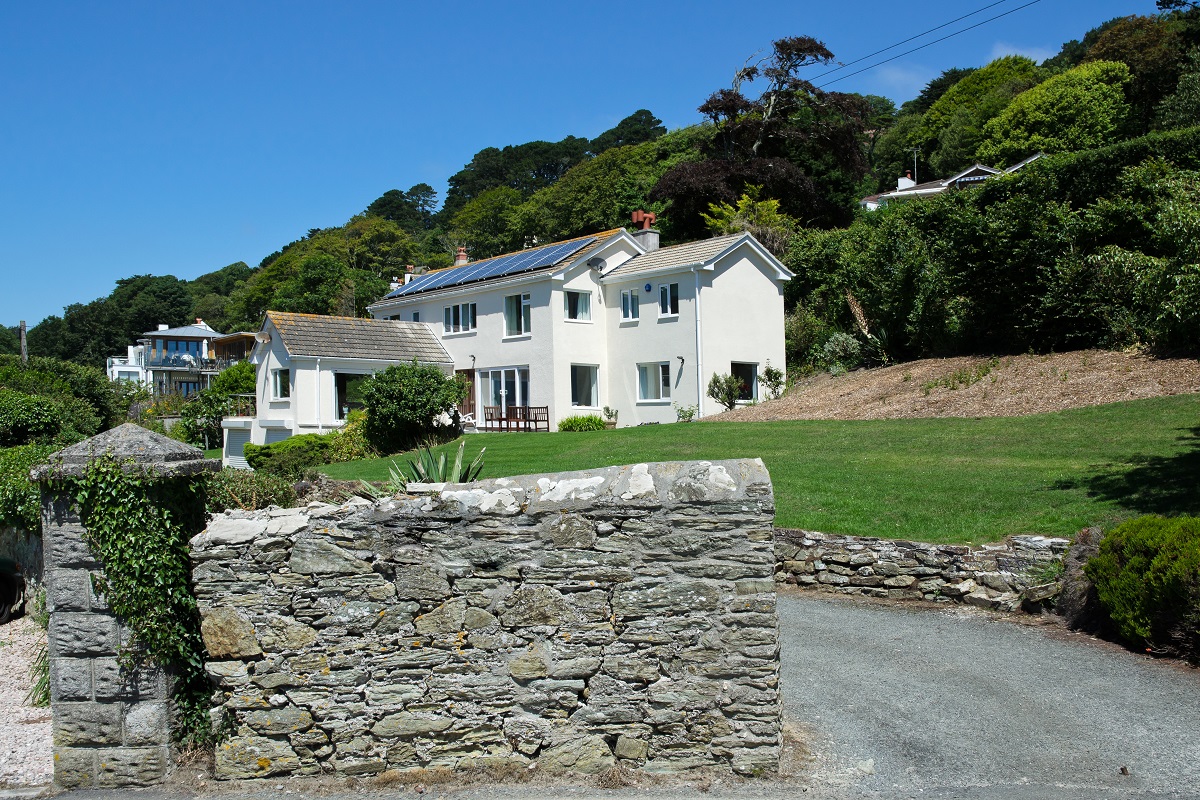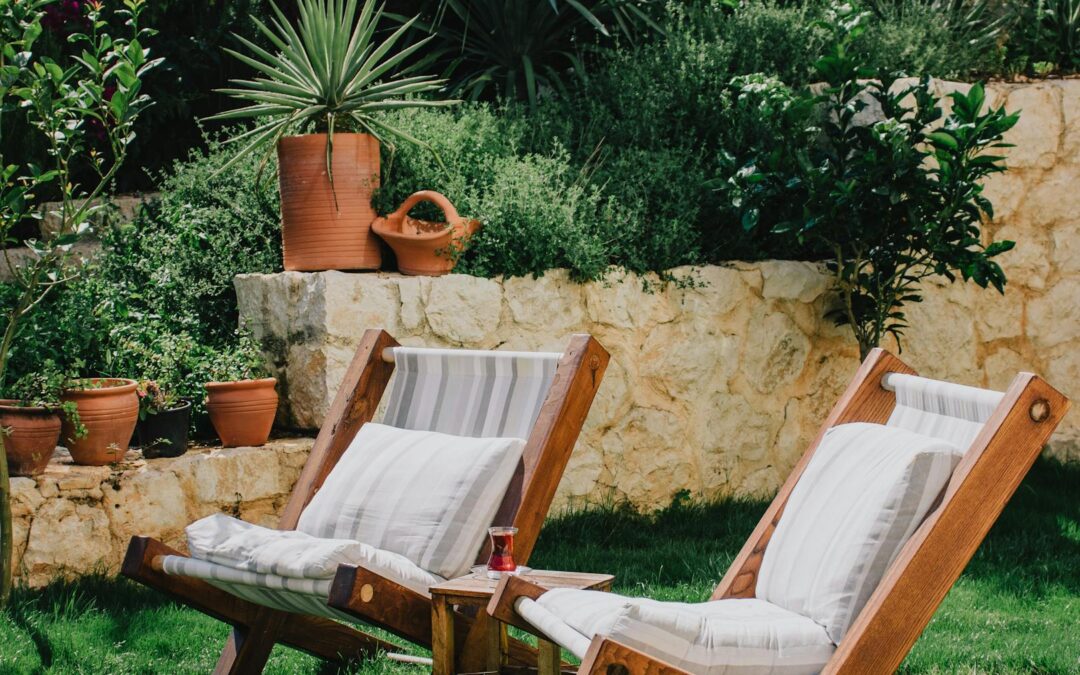There are plenty of points to consider when buying a second home for your own use or as a buy to let investment.
After all, to buy to let or not to buy to let is a difficult question! It can be quite a conundrum for people with capital to invest who are dithering between the stock market or bricks and mortar.
Since 1 April 2016 – as many homeowners will be aware – a stamp duty surcharge of three per cent has been levied on second homes with obvious implications for the buy to let sector. If you are contemplating a second home, whether for your own use or as a buy to let investment, here are 10 key points on stamp duty to bear in mind.
1. What is stamp duty?
Stamp duty – or to give it the full title, stamp duty land tax (SDLT) – is a tax paid by homebuyers when they purchase property or land. The tax is banded so that no tax is levied on properties worth less than £125,000, but £7,500 on a property worth £350,000 and £43,750 on a property worth £1 million, and so on.
It’s worth bearing in mind that from November 2017, first-time buyers no longer pay stamp duty on homes valued up to £300,000.
Among those buying a home worth up to £500,000 in areas of high value such as London, first time buyers do not have to pay the stamp duty tax on the first £300,000 of value.
The remaining £200,000 still incurs the 5% charge but this could still mean a saving of up to £5,000.
Note: Stamp duty has been cut to zero for residential property purchases in England and Northern Ireland up to £500,000 from 8 July 2020 until 31 March 2021, read more here.
2. Stamp duty tax on second home
Since April 1 2016, second homes have been subject to a three per cent stamp duty surcharge. Under the banding system, second homes worth less than £125,000 now attract three per cent tax instead of zero.
Those worth between £125,000 and £250,000 now have a five per cent rate rather than two per cent, and so on. At the top end of the scale, second homes worth in excess of £1.5 million attract 15 per cent stamp duty rather than 12 per cent.
3. Calculating what you’re due to pay
You can work out the amount of stamp duty you’ll be due to pay with this stamp duty calculator.
4. Defining what makes a second home
Second homes – for the purposes of the stamp duty surcharge – are homes other than a main residence whether they are let or not. It does not matter if a main residence is overseas because a second home in the UK will still be subject to the stamp duty surcharge.
However, a buy to let property will not attract the higher rate if the main residence is rented, not owned.
5. The rules if you’re helping family
Homebuyers helping a family member buy a property will still be treated as second home owners and the relatives will be liable for the surcharge.
6. The rules if you sell your primary residence
Anyone owning two homes because they have bought a new one, but not yet sold the old home, will have to pay the three per cent surcharge. But if the old home is sold within three years, the three per cent will be refunded.
7. ‘Flipping’ properties to escape stamp duty is prohibited
No one will be able to escape the higher rates of stamp duty by ‘flipping’ properties, which is defined as moving into a new home, designating it a main residence, then letting out the old home.
8. What happens if I’ve separated from my partner?
Couples who have separated, but not yet divorced, and own two properties between them, will not be treated as second homeowners.
But couples living together, whether married or not, will be treated as one unit. They will not be able to buy a second home and escape the surcharge by putting one property in one partner’s name and one in the other’s.
Read more: What happens to my joint mortgage if I separate from my partner?
9. What about other types of property?
Stamp duty is not payable on caravans, mobile homes or houseboats.
10. The rules around mixed use
It is sometimes possible to reduce stamp duty liabilities by designating a property, whether the main home or a second home, ‘mixed use’: i.e. used for both residential and commercial purposes, such as running a small business.
But this can also expose the homeowner to higher business rates and higher rates of capital gains tax. If in doubt, talk to an accountant or mortgage provider about tax liabilities.
Read more: The stamp duty reduction claim HMRC is cracking down on
Depending on your reasons for buying, the process and costs of purchasing a second home may be very different from those when you purchased your main home.
National law firm Stone King has put together this general guide for anyone weighing up whether to buy a second home.
Why are you buying a second home?
The manner of the purchase, and whose names you decide to put on the deeds, will affect the taxes you pay, the type of mortgage and insurance you need – or are available to you – as well as influencing the type of property you should be looking for in the first place.
Quality of life is a key driver, particularly with the coronavirus pandemic and lockdown, which has led many home buyers to value outdoor space more than ever.
Stone King is seeing a trend of city dwellers buying a second home in the countryside while keeping a city base. A dramatic shift in how people work is also fuelling this trend, with a general acceptance of the new Zoom culture and many businesses looking to reduce office space.
Other common reasons include buying a country home primarily to rent out long-term, or to run as a holiday lettings business. You may be buying in order to refurbish or develop and sell on, as a safe investment for capital growth over time, or simply as a weekend bolt hole.
What taxes do I need to pay when buying a second home?
Like any property transaction there will be various taxes to pay at purchase, during ownership, and on future sale. The details can vary significantly depending on what you plan to use it for, so speak to a lawyer about your specific circumstances. In summary:
– Stamp Duty Land Tax is normally due for all properties above £125,000 in increasing bands. Temporarily, the Chancellor has suspended stamp duty for all purchases of main homes at a value less than £500,000 until 31 March 2021 to boost the market, with tiered percentage rates applied for any remaining value above £500,000. When buying a second home, a 3% surcharge is levied. Under the Chancellor’s current stamp duty holiday this additional 3% is applied on the value up to the new threshold of £500,000. It is then added to the standard tiered percentage rates for any value over £500,000. Anyone buying a second home above this value will immediately save at least £15,000.
- Income tax will be due if you rent out your second home, and when selling it capital gains tax will be payable.
- If you are buying a second property as a business for holiday lettings, by setting up a company, an additional rate automatically applies and other taxes may also apply, such as Annual Tax on Enveloped Dwellings, unless you can claim an exemption.
- In some circumstances if you buy a mixed-use dwelling (for example where your second home is in the same building as a shop and you meet certain criteria, such as having separate entrances) you may be eligible for mixed-use dwelling relief.
- Any separate granny annexe may permit a claim for multiple dwellings relief.
What about mortgages?
Your mortgage will affect what you can do with your second home. If you wish to rent it out, you will need a mortgage to fit this purpose and even buy to let mortgages may prohibit holiday lettings as mortgage conditions generally state they would only permit longer-term assured shorthold lettings of a minimum of six months.
If your second home will become your primary residence and you plan to rent out your current home, you will need to adjust your mortgages accordingly.
Read more
- A guide to buying an equestrian property
- Top tips for buying a renovation property
- Can you make an offer on a house that is under offer?
Changing your current mortgage to a let to buy mortgage is an option. You can then consider letting out your current home and moving into rental accommodation.
If this were a cheaper rental, it could mean the rental income from your main home could be used to buy a second property, or service borrowings for a second property purchase.
However, any income derived from rental property (including renting out what was your main property) will have income tax implications.
Planning to rent out your second home?
If your second home is destined for rental, there is much to consider. You will need to carefully research the right home insurance for the type of lettings you are planning.
If you are buying a leasehold property to rent out, check the lease as there may be restrictions or an outright prohibition on renting, or other regulations that would make it difficult.
Your property will need specific furnishings and appliances in order to be safe, secure and certified. It is a significant administrative undertaking.
A specialist letting agency can manage this process, however they will take 20 to 30 per cent of your rental income. Even with an agency you need to ensure all practicalities are covered, including changeover days, a plan B in case of issues and a network of people available in the event of broken appliances and other issues.
Online rental platforms like Airbnb are popular and may help high occupancy rates, however, managing regular short stays can be costly and it may be more difficult to oversee lettings on these platforms, whereas a traditional agency will have all the necessary terms and conditions in place.
Certain byelaws now prohibit Airbnbs, and management companies of leasehold property are increasingly clamping down on such use for flats, in view of the immediate impact noise and nuisance have on other occupiers in the same building.
Have you thought through your move?
Moving from city to country is a big change and it is important to consider any disadvantages.
If you will be working, ensure you have a reliable internet connection and test it before you buy. Many rural communities do not have fibre optic broadband and may have unreliable service.
There are likely to be fewer amenities such as shops, pubs, restaurants and railway stations, and a greater distance to travel between them with varying levels of public transport. Adjusting to a rural community may also take time.
Local knowledge is useful
Depending on where you are looking to buy, there may be local byelaws and regulations to be aware of. In some geographic areas you may need to carry out certain searches as part of the buying process, such as lime quarrying searches.






